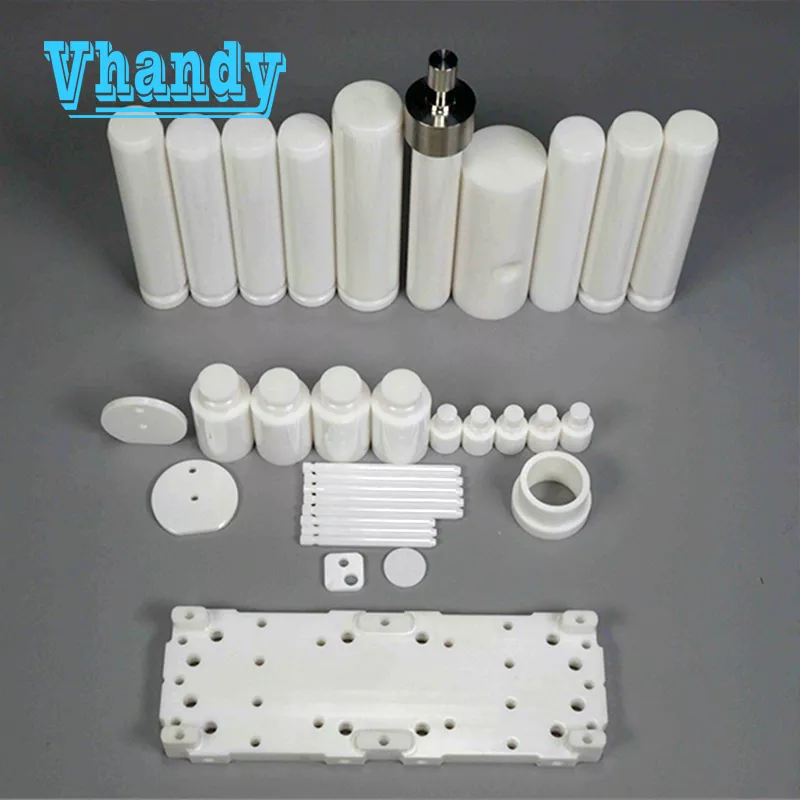What are technical ceramics?
Technical ceramics are a type of ceramic products that are used for advanced engineering and scientific purposes. They have outstanding properties that make them suitable for various applications, such as high temperature, high pressure, high wear, high corrosion, high electrical conductivity, high magnetic performance and high biocompatibility.

Technical ceramics can be classified into two main categories: oxide ceramics and non-oxide ceramics.
Oxide ceramics are mainly composed of oxygen and metal elements, such as alumina (Al2O3), zirconia (ZrO2) and magnesia (MgO). They have good chemical stability, thermal stability and electrical insulation. Non-oxide ceramics are mainly composed of nonmetal elements and metal elements, such as silicon carbide (SiC), silicon nitride (Si3N4) and boron nitride (BN). They have excellent mechanical strength, thermal conductivity and thermal shock resistance.
Technical ceramics can be manufactured by various methods depending on their shapes and sizes. Some common methods are:
Hot pressing: This is a process where a ceramic powder is heated and pressed simultaneously in a mold to form a dense shape. This method can produce complex shapes with high density and strength.
Hot isostatic pressing: This is a process where a ceramic powder is enclosed in a sealed container and subjected to high temperature and pressure from all directions to form a dense shape. This method can improve the uniformity and reliability of the ceramic products.
Sintering: This is a process where a ceramic powder is compacted into a green body and then heated below its melting point to form bonds between the particles. This method can produce large shapes with low cost.
Machining: This is a process where a ceramic material is cut or shaped by an abrasive tool to achieve precise dimensions and surface finish. This method can produce fine features with high accuracy.
Technical ceramics have many advantages over other materials in terms of performance, durability and functionality. However, they also have some limitations such as brittleness, cracking and difficulty in joining. Therefore, it is important to choose the right type of technical ceramic for the right application.
